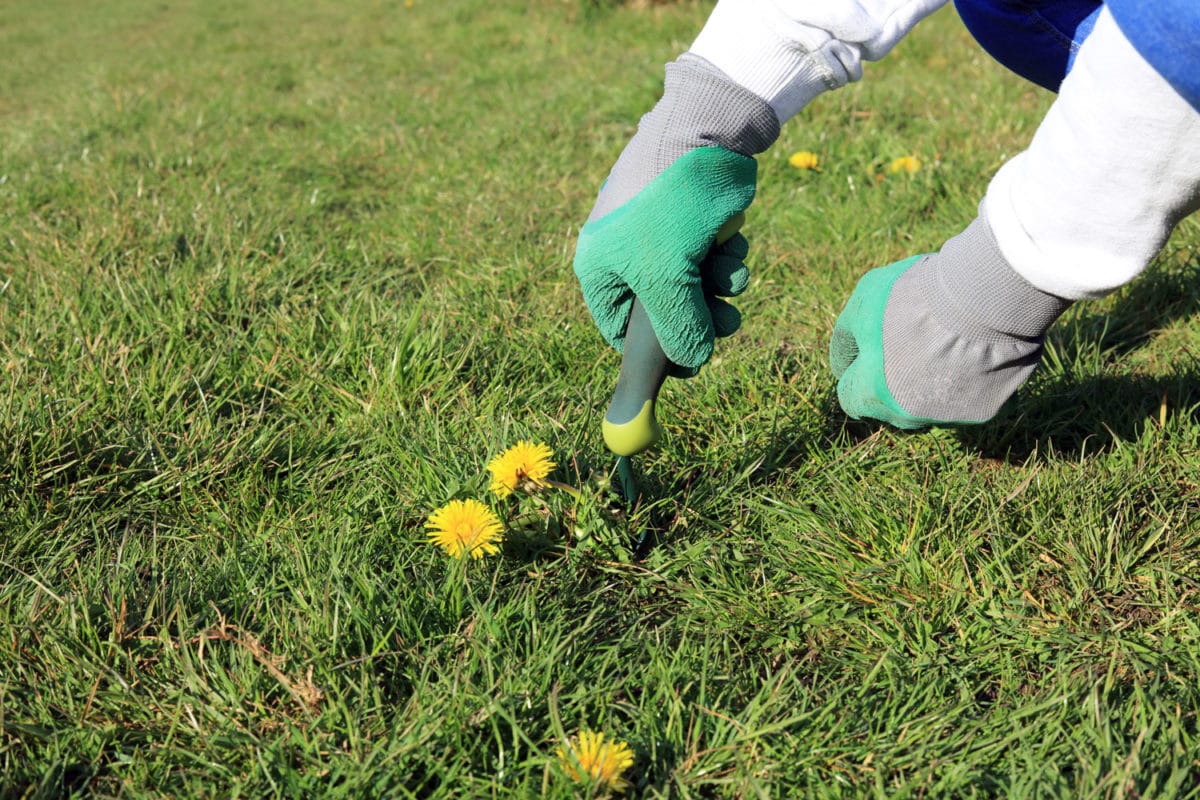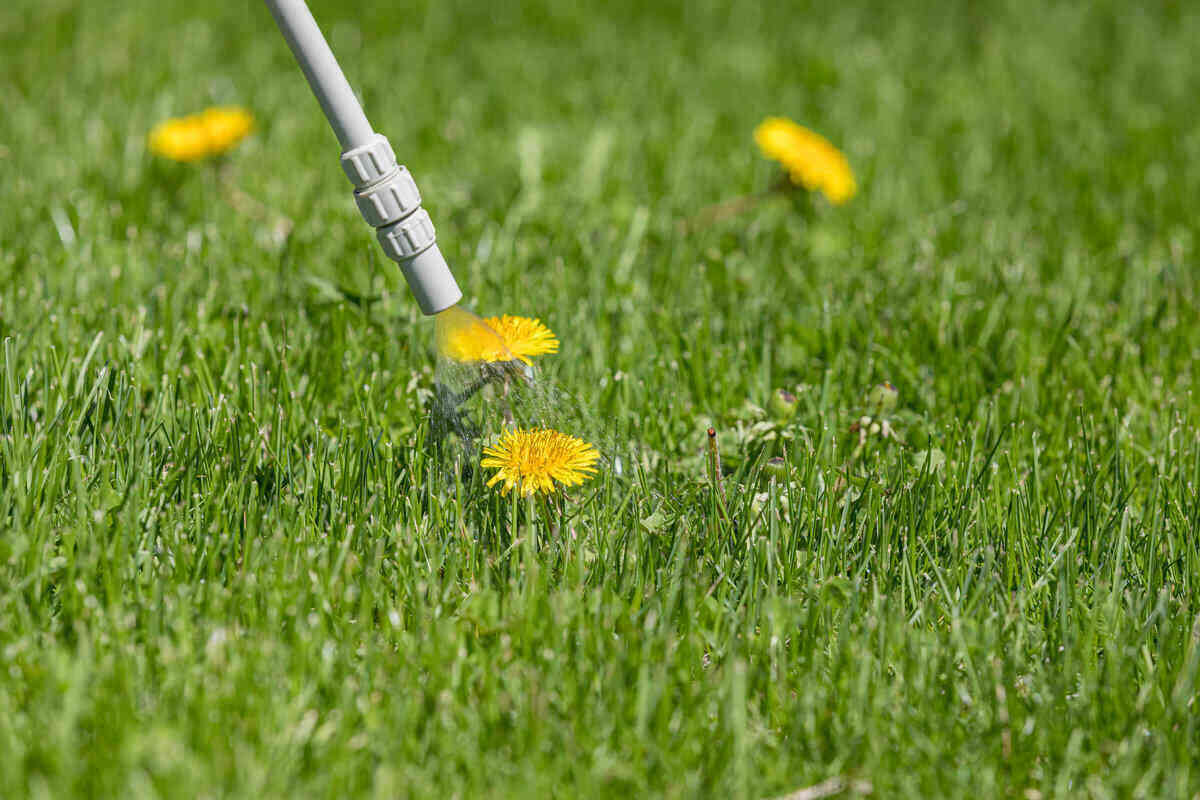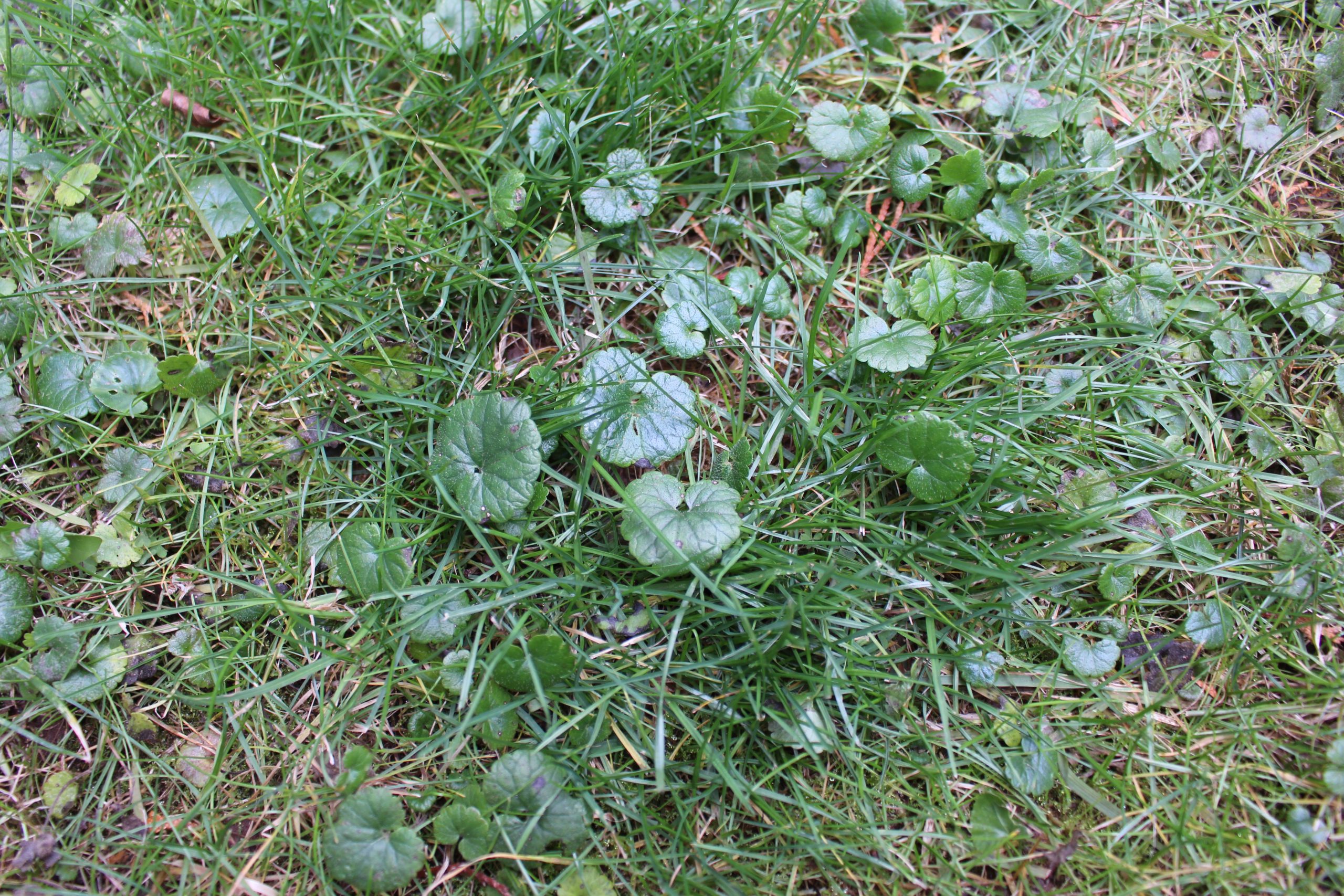Understanding the Enemy: Identifying Types of Big Weeds
Big weeds can be a nuisance in gardens and lawns, competing with desired plants for water, nutrients, and light. To effectively get rid of big weeds, it’s essential to understand the different types that can invade your outdoor space. Some common types of large weeds include thistles, dock, and bindweed. These weeds can grow up to several feet tall and have deep taproots, making them challenging to remove.
Thistles, for example, are biennial weeds that can produce thousands of seeds per plant. They have prickly leaves and stems, making them difficult to handle. Dock, on the other hand, is a perennial weed with a deep taproot that can grow up to 3 feet long. Bindweed is a climbing weed that can twine around other plants, causing damage and reducing growth.
Other types of big weeds include ragwort, hemlock, and Japanese knotweed. Ragwort is a biennial weed that can produce toxic compounds that harm livestock. Hemlock is a perennial weed that can be fatal if ingested. Japanese knotweed is a highly invasive weed that can cause significant damage to buildings and infrastructure.
Understanding the types of big weeds that can invade your garden or lawn is crucial for effective removal and control. By identifying the specific types of weeds you’re dealing with, you can choose the best methods for removal and prevent regrowth. In the next section, we’ll discuss the essential tools and safety precautions for removing large weeds.
Preparation is Key: Essential Tools and Safety Precautions
Before attempting to get rid of big weeds, it’s crucial to prepare with the right tools and safety precautions. The necessary tools and equipment will depend on the type of weed, its size, and the method of removal. For physical removal, gloves, pruning saws, and digging forks are essential. Gloves will protect your hands from thorns, sap, and other irritants, while pruning saws and digging forks will help you cut and dig up the weeds.
For chemical control, herbicides are often used to target big weeds. However, it’s essential to choose the right herbicide for the job and follow the instructions carefully. Always read the label and take necessary safety precautions to avoid exposure to chemicals. Wear protective clothing, including long sleeves, pants, and closed-toe shoes, and apply the herbicide in a well-ventilated area.
In addition to the right tools and equipment, safety precautions are also necessary to avoid injury. When physically removing big weeds, be careful not to strain your back or injure yourself with sharp objects. When using herbicides, avoid breathing in the fumes or getting the chemical on your skin. It’s also essential to keep children and pets away from the area until the herbicide has dried.
Other essential tools and equipment for getting rid of big weeds include a wheelbarrow or bucket for disposing of the weeds, a rake for removing debris, and a garden hose for cleaning up. By having the right tools and equipment and taking necessary safety precautions, you’ll be well-prepared to tackle those big weeds and keep your garden or lawn looking its best.
Remember, getting rid of big weeds requires patience, persistence, and the right approach. By understanding the type of weed you’re dealing with and using the right tools and techniques, you can effectively remove the weed and prevent regrowth. In the next section, we’ll discuss the most effective techniques for physically removing big weeds.
Physical Removal: Strategies for Pulling and Digging Up Big Weeds
Physical removal is a common method for getting rid of big weeds, especially for smaller infestations. This approach involves manually pulling or digging up the weeds, making sure to remove as much of the root system as possible. To increase the chances of successful removal, it’s essential to choose the right time and technique.
The best time to physically remove big weeds is when the soil is moist, as this makes it easier to pull or dig up the roots. For weeds with deep taproots, such as dandelions or thistles, digging is often the most effective method. Use a digging fork or spade to carefully loosen the soil around the weed, then lift it out of the ground. Be sure to remove as much of the root system as possible to prevent regrowth.
For weeds with shallow roots, such as creeping thistle or bindweed, pulling may be a more effective method. Use a pair of gloves to protect your hands from thorns and sap, then grasp the weed at the base of the stem and pull it out of the ground. Make sure to remove as much of the root system as possible to prevent regrowth.
Specialized tools, such as weed pullers and digging forks, can also be used to aid in physical removal. Weed pullers are designed to remove weeds with deep taproots, while digging forks are better suited for weeds with shallow roots. These tools can make the process of physical removal easier and more efficient.
When physically removing big weeds, it’s essential to be careful not to spread the seeds or fragments of the weed to other areas of the garden or lawn. This can lead to further infestations and make the problem worse. Instead, dispose of the removed weeds in a sealed bag or by composting them.
Physical removal is a effective method for getting rid of big weeds, but it may not be suitable for large infestations or for weeds that are difficult to remove manually. In such cases, other methods, such as chemical control or organic alternatives, may be more effective. In the next section, we’ll discuss the different types of herbicides available for controlling large weeds.
Chemical Control: Using Herbicides to Target Big Weeds
Chemical control is a common method for getting rid of big weeds, especially for large infestations or for weeds that are difficult to remove manually. Herbicides are chemicals that are specifically designed to kill weeds, and they can be an effective way to control big weed growth. However, it’s essential to choose the right herbicide and apply it safely and effectively to avoid harming desired plants or the environment.
There are two main types of herbicides: selective and non-selective. Selective herbicides target specific types of weeds, while non-selective herbicides kill all vegetation. Selective herbicides are often used for lawns and gardens, as they can target specific weeds without harming desired plants. Non-selective herbicides are often used for larger areas, such as fields or construction sites.
When choosing an herbicide, it’s essential to read the label carefully and follow the instructions. Make sure to choose an herbicide that is specifically designed for the type of weed you are trying to control, and follow the recommended application rates and timing. It’s also essential to wear protective clothing, including gloves and eye protection, when applying herbicides.
Some common herbicides for big weed control include glyphosate, dicamba, and 2,4-D. Glyphosate is a non-selective herbicide that is commonly used for large infestations. Dicamba is a selective herbicide that is commonly used for lawns and gardens. 2,4-D is a selective herbicide that is commonly used for weeds with broad leaves.
When applying herbicides, it’s essential to avoid spraying on windy or rainy days, as this can cause the herbicide to drift onto desired plants or contaminate water sources. It’s also essential to avoid applying herbicides during the hottest part of the day, as this can cause the herbicide to evaporate too quickly.
Chemical control can be an effective way to get rid of big weeds, but it’s essential to use herbicides responsibly and follow the recommended safety precautions. In the next section, we’ll discuss organic alternatives for big weed control, including boiling water, vinegar, and solarization.
Organic Alternatives: Exploring Natural Methods for Big Weed Control
For those who prefer to avoid chemical herbicides, there are several organic alternatives for controlling big weeds. These methods are not only environmentally friendly but also cost-effective and easy to implement. One of the most effective organic methods for big weed control is boiling water. This method involves pouring boiling water directly onto the weeds, scalding them and killing them without the use of chemicals.
Another organic method for big weed control is vinegar. Vinegar is a natural herbicide that can be used to kill weeds by spraying it directly onto the leaves and stems. The acidity in the vinegar will break down the plant’s cell walls, killing it. However, it’s essential to use a high concentration of vinegar, typically 20% or higher, to ensure effective results.
Solarization is another organic method for big weed control. This method involves trapping the sun’s heat under a clear plastic tarp or sheeting, killing the weeds by overheating them. This method is most effective for large areas of weeds and can be used in conjunction with other organic methods.
Other organic methods for big weed control include using mulch, compost, and cover crops. Mulch can be used to suppress weed growth by blocking light and preventing seed germination. Compost can be used to improve soil health, making it less conducive to weed growth. Cover crops can be used to outcompete weeds for water, nutrients, and light.
While organic methods for big weed control may take longer to produce results, they are a safer and more environmentally friendly alternative to chemical herbicides. By using these methods, you can effectively control big weeds without harming the environment or your health. In the next section, we’ll discuss the importance of preventing big weed regrowth and provide tips on how to modify gardening practices to discourage weed growth.
Preventing Regrowth: Strategies for Keeping Big Weeds at Bay
Preventing big weed regrowth is crucial to maintaining a healthy and weed-free garden or lawn. By modifying gardening practices and using a few simple strategies, you can discourage weed growth and prevent regrowth. One of the most effective ways to prevent big weed regrowth is to improve soil health. Weeds often thrive in poor soil conditions, so by improving soil fertility and structure, you can create an environment that is less conducive to weed growth.
Using mulch is another effective way to prevent big weed regrowth. Mulch can be used to suppress weed growth by blocking light and preventing seed germination. Organic mulch options, such as wood chips or straw, can also help to improve soil health and fertility. Additionally, mulch can help to retain moisture in the soil, reducing the need for frequent watering and creating an environment that is less favorable to weed growth.
Other strategies for preventing big weed regrowth include using cover crops, crop rotation, and companion planting. Cover crops can be used to outcompete weeds for water, nutrients, and light, while crop rotation can help to break the life cycle of weeds. Companion planting involves planting certain plants together that have natural weed-suppressing properties, such as marigolds or nasturtiums.
Regularly monitoring your garden or lawn for new weed growth is also essential to preventing regrowth. By catching weeds early, you can remove them before they have a chance to spread and cause problems. Regular maintenance, such as mowing, pruning, and watering, can also help to prevent weed growth by creating an environment that is less conducive to weed growth.
By implementing these strategies, you can effectively prevent big weed regrowth and maintain a healthy and weed-free garden or lawn. In the next section, we’ll discuss the importance of regular maintenance and follow-up to ensure long-term control of big weeds.
Maintenance and Follow-up: Ensuring Long-term Big Weed Control
Regular maintenance and follow-up are crucial to ensuring long-term control of big weeds. After removing big weeds, it’s essential to monitor the area regularly for new weed growth. This will help you catch any new weeds before they have a chance to spread and cause problems.
One of the most effective ways to monitor for new weed growth is to conduct regular inspections of your garden or lawn. Look for any signs of new weed growth, such as small seedlings or sprouts, and take action promptly. You can also use a weed barrier or mulch to prevent new weeds from growing.
In addition to monitoring for new weed growth, it’s also essential to maintain good gardening practices to prevent big weeds from growing in the first place. This includes keeping your soil healthy and fertile, using proper watering and mowing techniques, and avoiding over-fertilization.
Regular maintenance and follow-up can also help you identify any underlying issues that may be contributing to big weed growth. For example, if you notice that big weeds are growing in a particular area, it may be a sign that the soil is lacking in nutrients or that the area is receiving too much water.
By addressing these underlying issues, you can create an environment that is less conducive to big weed growth and reduce the need for frequent removal. Regular maintenance and follow-up can also help you save time and money in the long run by reducing the need for costly weed removal methods.
In the next section, we’ll summarize the key takeaways from this article and provide encouragement for readers to take action against big weeds in their gardens and lawns.
Conclusion: Winning the War Against Big Weeds
Getting rid of big weeds can be a challenging task, but with the right strategies and techniques, it is possible to win the war against these unwanted invaders. By understanding the different types of big weeds, preparing with the right tools and safety precautions, and using effective methods for removal and control, you can keep your garden or lawn looking its best.
Remember, prevention is key to long-term big weed control. By modifying gardening practices to discourage weed growth, using mulch and other barriers, and monitoring for new weed growth, you can reduce the need for frequent removal and create a healthier, more balanced ecosystem.
Whether you choose to use physical removal, chemical control, or organic alternatives, the most important thing is to take action against big weeds. Don’t let these unwanted invaders take over your garden or lawn – take control and start winning the war against big weeds today.
By following the tips and strategies outlined in this article, you can effectively get rid of big weeds and keep your garden or lawn looking its best. So why wait? Start taking action today and say goodbye to those pesky big weeds for good.







